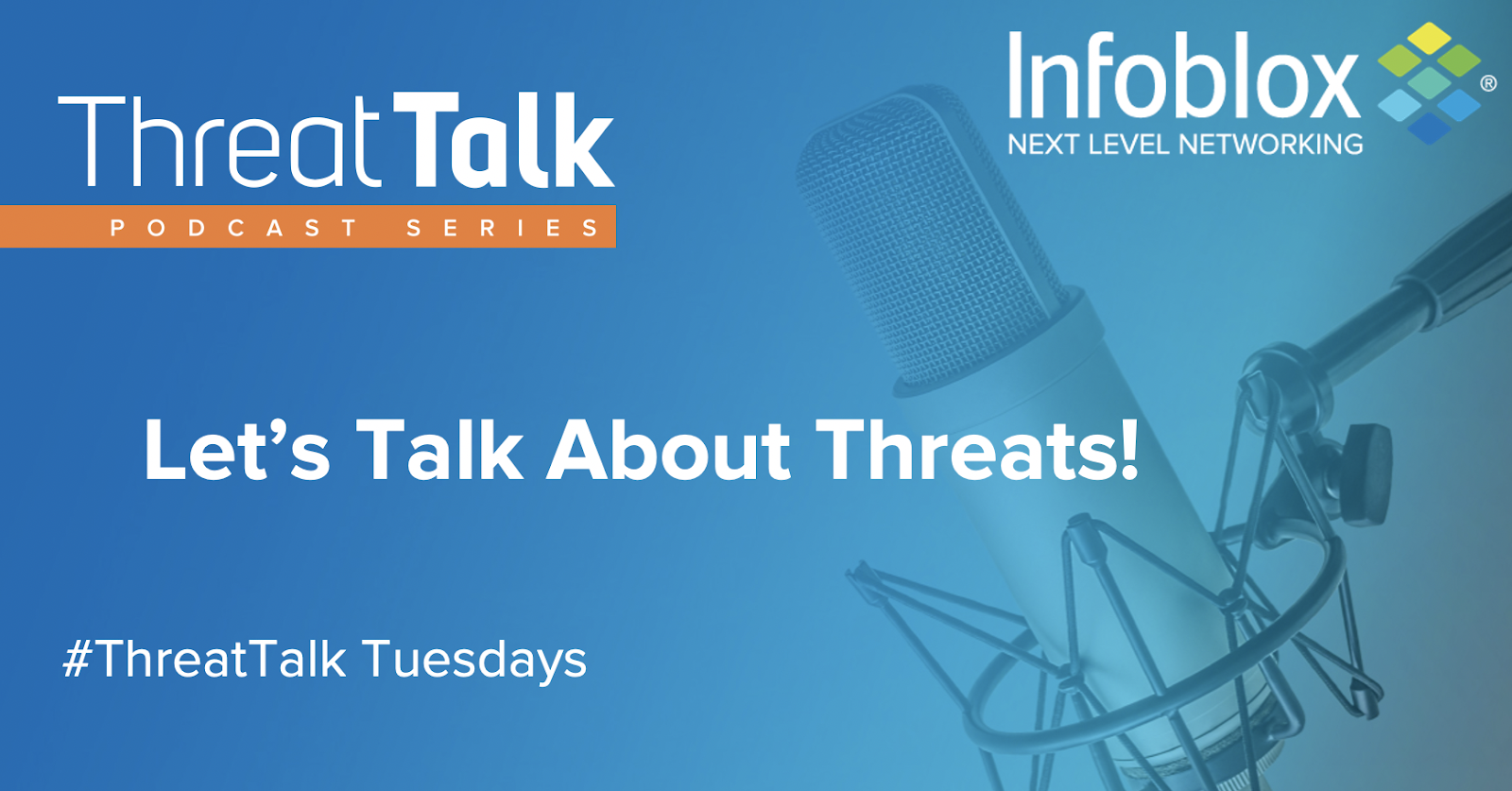This time two years ago, I was suffering from “trade show-itis.” Flash forward to 2021, and I’m excited to say that my team and I will be attending this year’s Big 5G Event in Denver, CO. Why am I excited? Well, it’s more than just wanting to sleep in a hotel room bed (not surrounded by my four cats). It’s also more than being physically present with my amazing Service Provider sales team. For the third year in a row, Infoblox is a Gold Sponsor of the Big 5G Event. As the industry increasingly focuses on making 5G a reality, 2021 is expected to be the year when the 5G puzzle pieces finally come together. Infoblox plays a crucial role in all of that, and we have a story to tell.
Core Network Services Play a Major Role in 5G
With 5G, we’re looking at the revenue opportunity enabled by new use cases and new services. Many people may not realize is that 5G is the first mobile network that operates just like the Internet, and that’s a critical context when discussing critical network services such as DNS, DHCP, and IP Address Management (DDI).
Now that we are dealing with applications and a service-based architecture, we finally see the convergence of telecoms with IT. And the role of the elements of DDI is vital. Take DNS. It needs the ability to take any application or service function request and look up the IP address and associate whatever the active instantiated resources are. That function becomes critical to the dynamic nature of 5G. 5G brings the whole of the mobile infrastructure into the Internet world. And this is why the DNS you thought only played a role in your internet access from your home PC (but not in the mobile world) now becomes a critical resource that operators need to manage and distribute, just like they would other network functions.
Two Network Challenges
This network evolution creates two challenges for Mobile Network Operators (MNOs) and Communications Service Providers (CSPs). There’s the architectural challenge–we’re now looking at an IT-based environment that has to also scale with a carrier level of scalability. And those of you who know about how the cloud folks view it, the carrier view of scalability is much larger than anything the cloud folks envisage because they don’t have to do it simultaneously in real-time, for millions and even billions of transactions across the network. But the performance challenge becomes critical because the functionality is now required to activate the transactions associated with triggering services. The whole system has to be scalable, distributed, and network-wide.
So what factors come into play?
Automated DNS, DHCP and IPAM make it all work: If you performed a text search within the 5G standards and the three letters “DNS,” you will have minimal success. If you examine the 4G and 3G standards and search for DNS, you’ll get many hits. It’s the wrong conclusion to think that 5G does not rely on DNS. All 5G functions will require automated DNS registration to operate. To have all these containers and workloads interoperate together–1000s and perhaps millions of containers interoperating together on the service-based architecture, you need DNS. While the HTTPS protocol is governing all the connections, DNS plays a very, very important role.
The perception of speed: DNS and latency are tightly coupled. If a subscriber consumes the Internet and clicks on a link, there could easily be 20 to 30 DNS requests related to it. With all the images on the page, each is probably linked to another DNS request. Independent of 5G or 4G, having the fastest possible DNS response is critical to have a good subscriber perception of the quality of the network.
Scaling it up (and down): Let’s pretend we are sitting in a stadium attending a football game with thousands of other fans. Just as we witness a great goal, we whip out our phones to take that awesome selfie to send to all our friends and family. With 5G in the stadium, it will be possible that all the fans can take that picture and send it over the network. The capacity will be there, with the density to have 1000s of people connected to the network simultaneously. But there is a significant amount of scaling up and down at the backend, and the 5G session management function is critical. Thousands of containers were needed to make it all possible.
Don’t forget about security: More and more consumers and businesses face increased risks and impacts from a worsening cybersecurity landscape. With 5G, the problem will worsen, considering the number of connected subscriber devices is growing exponentially, and the traffic they generate grows by 10x every five years. Plus, with more resources being deployed at the far edge, operator IT and server admin teams will need to manage significantly more pods, VMs—sometimes hundreds at a time, and potentially thousands of containers—in their virtual and cloud environments. Rapidly growing cyber threats require MNOs and CSPs to invest ever-greater resources in threat intelligence to stay a step ahead of cybercriminals. But today, threat intelligence is hampered by information silos, lack of actionable context, and an inability to prioritize by threat category. As operators move to cloud-native functions and eventually 5G service-based architecture (SBA), security automation must be a part of the network design.
Delivering the performance and protection needed for 5G
Infoblox solves the challenges providers face with the buildout of 5G, from critical automation for authoritative 5G DNS and 5G next-generation core, bridging the automation gap in the 5G Session Management Function (SMF) with IPAM network assignment. We help reduce the cost, complexity, and effort of 5G new radio (NR) deployments by integrating DHCP and DNS as a significant part of an automated bare-metal provisioning process for 5G NR deployment. We elevate performance for 5G workloads, reducing latency and boosting reliability with high-availability DNS caching. And, we help protect 5G and edge workloads, securing the network and subscriber devices from malware and persistent threats.
Want to know more about how Infoblox helps operators meet these challenges? Visit us at the Big 5G Event in person or online. Check out https://tmt.knect365.com/big-5g-event to learn more!








